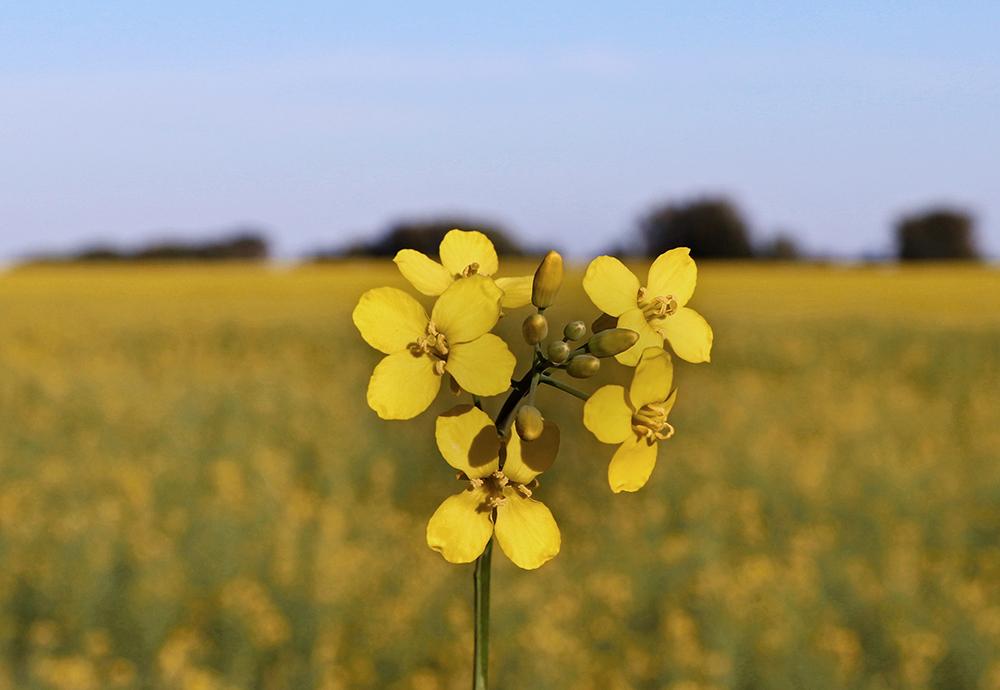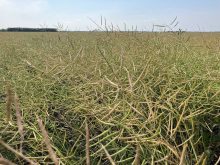Indonesia’s palm oil policies are having a “profound impact” on world vegetable oil prices, according to the U.S. Department of Agriculture.
The country recently repealed its export ban on the commodity and implemented the Export Acceleration Program.
It is making more palm oil available on the world market by reducing obligations to supply the domestic market and by lowering export taxes and levies.
Read Also

Canadian Food Inspection Agency red tape changes a first step: agriculture
Farm groups say they’re happy to see action on Canada’s federal regulatory red tape, but there’s still a lot of streamlining left to be done
That caused world palm oil prices to plunge to their lowest level in a year and put downward pressure on the overall veg oil complex.
South American soybean oil prices dropped nearly 20 percent between early June and early July, while palm oil prices plunged nearly a third in that time frame.
MarketsFarm analyst Bruce Burnett said palm oil is the most widely traded vegetable oil in the world, so it has a major impact on all oilseed markets.
Canola prices are particularly closely linked to vegetable oil prices because of the crop’s high oil content.
He believes government intervention is a short-term factor that is causing market volatility as Indonesia first tried to control domestic prices with a ban and is now encouraging exports due to a surplus of oil piling up in storage.
“It has been a yin and yang thing where they’ve gone from one side of the boat to the other side of the boat,” he said.
Palm oil prices have reverted back to end of 2021 levels, but that is still higher than normal.
World vegetable oil supplies have been tight for the past year because of a poor canola crop in Canada, increased domestic use of soybean oil in the United States and the war in Ukraine halting sunflower oil shipments from the world’s leading exporter of that commodity, said the USDA.
Vegetable oil importers were forced to shift to palm oil, driving prices of that commodity higher.
“Palm oil prices had already been rising based on labour shortages in Malaysia and strong biofuel use in both Malaysia and Indonesia,” the USDA said in its recent Oilseeds: World Markets and Trade report.
Migrant workers from Indonesia comprise 80 percent of Malaysia’s workforce. That is why Malaysia’s palm oil harvest was seriously hampered when the government closed its borders due to COVID-19.
The borders were reopened for migrant workers in June, but limited amounts of migrant work visas have been approved, so crude palm oil output in that country continues to be below normal.
Indonesia and Malaysia are expected to account for 89 percent of the estimated 51.2 million tonnes of global palm oil exports in 2022-23.
Indonesia makes up more than half of world exports, which is why prices spiked in April when it announced a ban on exports. In May it softened that stance, allowing for exports once domestic obligations were met.
In June it flip-flopped and introduced the Export Acceleration Program to reduce inventories.
“However, the increase of the palm oil mandatory biodiesel blend from 30 percent to 35 percent in July may reduce the amount available for export,” stated the USDA.
Meanwhile, world vegetable oil demand has been contracting throughout much of 2021-22, led by a halving of imports by China. Prices have climbed too high for many importers.
That is why world palm oil exports for 2021-22 are forecast at the lowest level since 2015-16 as high prices force importers to rely on domestic supplies or draw down stocks.
Exports are not expected to rebound until the 2022-23 marketing year, which begins in October, despite the recent drop in prices.
“Some buyers are waiting to see how low the price will drop before re-entering the market,” said the USDA.
sean.pratt@producer.com
















